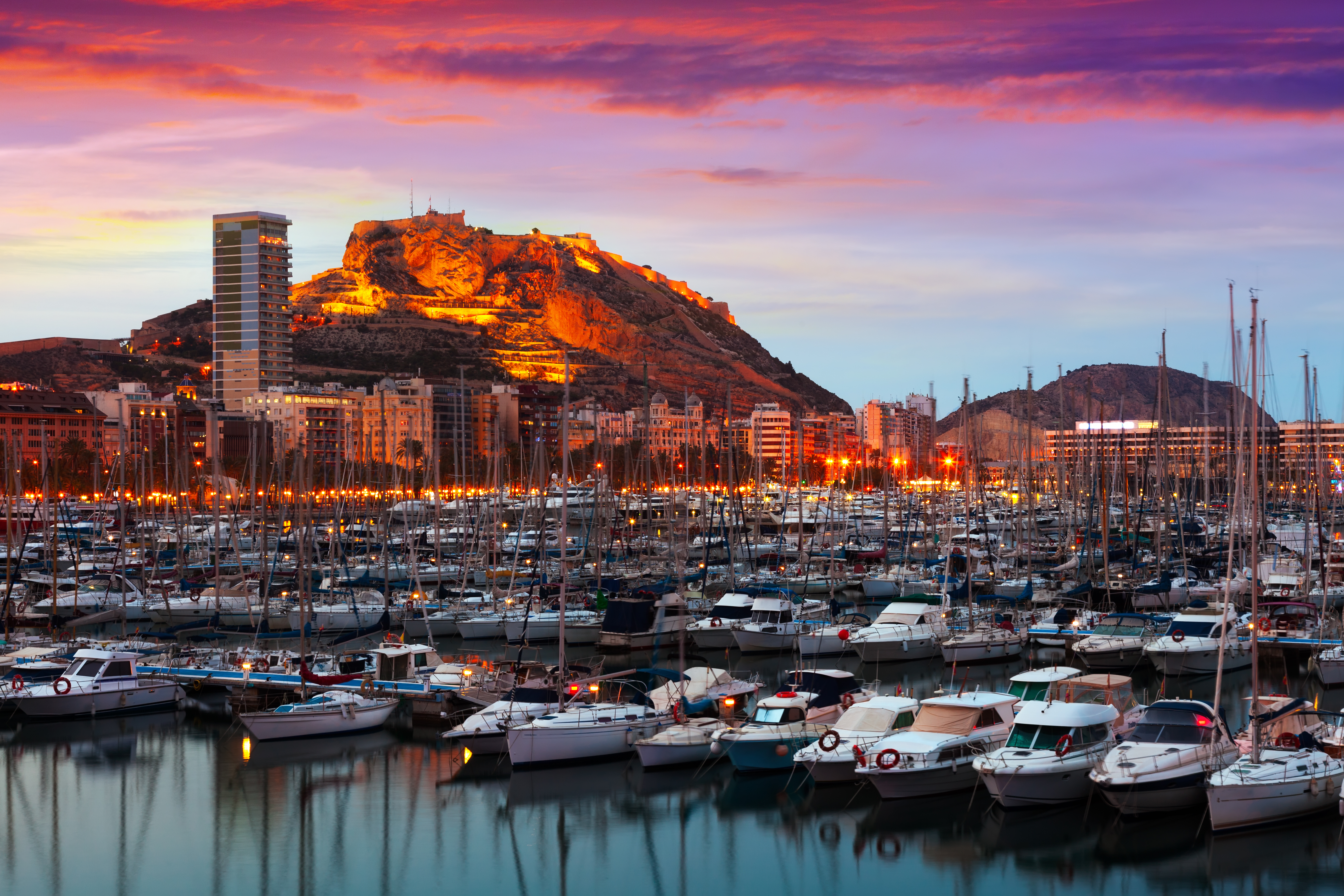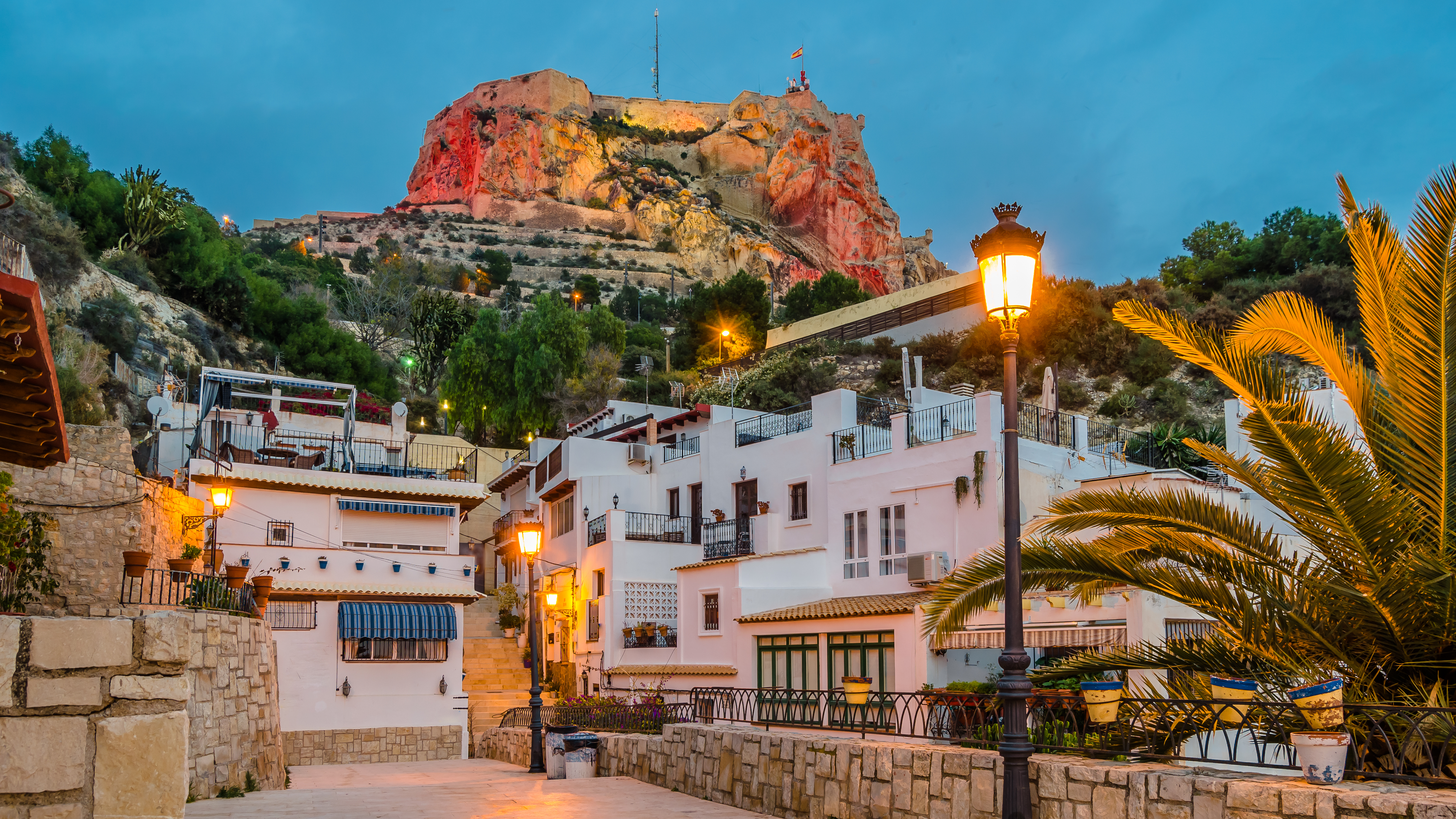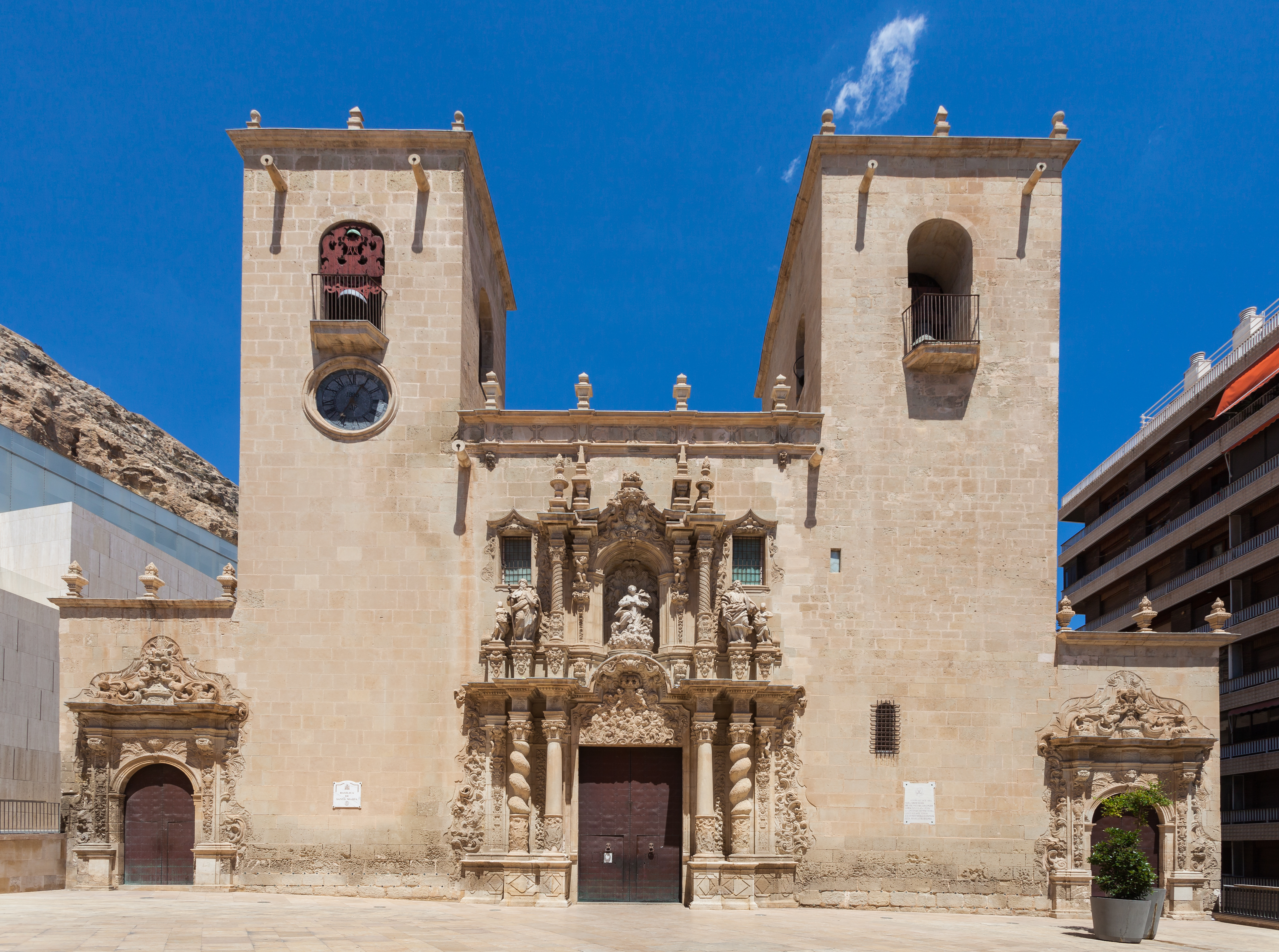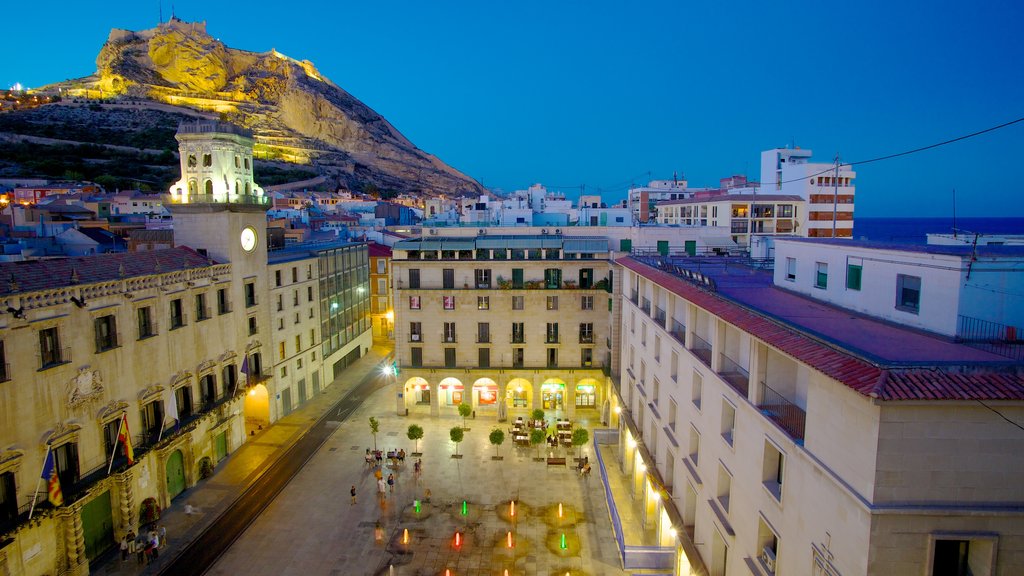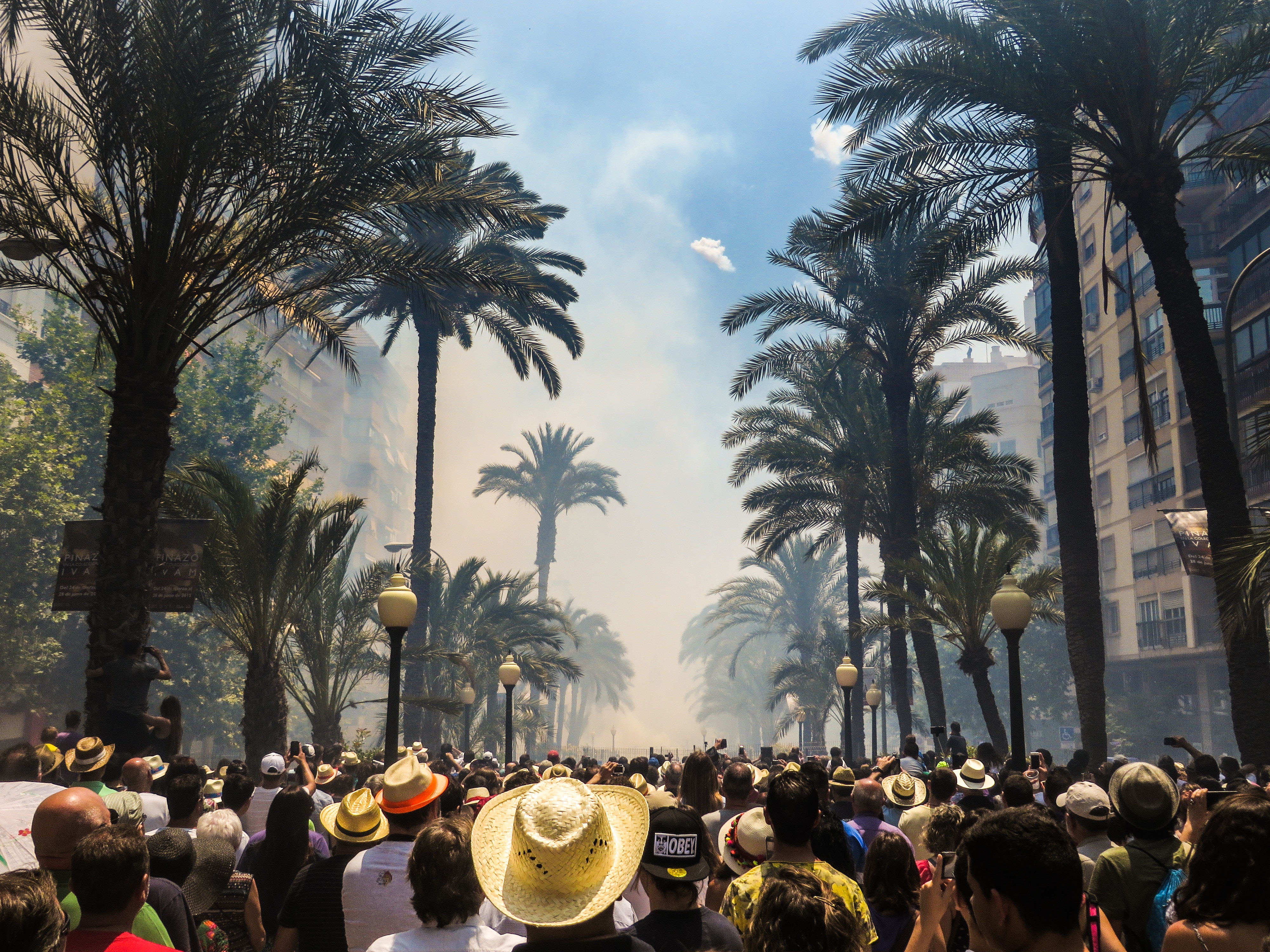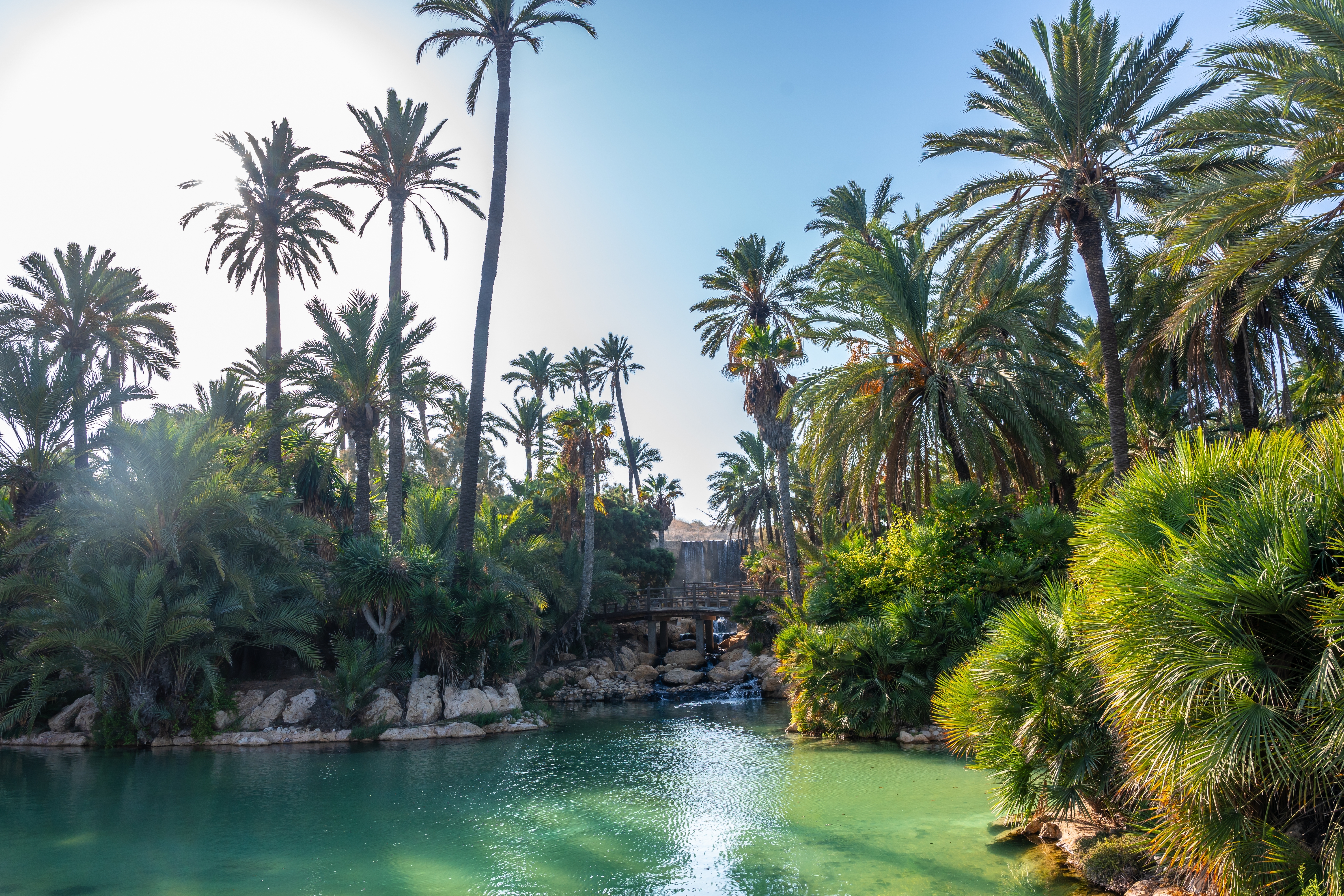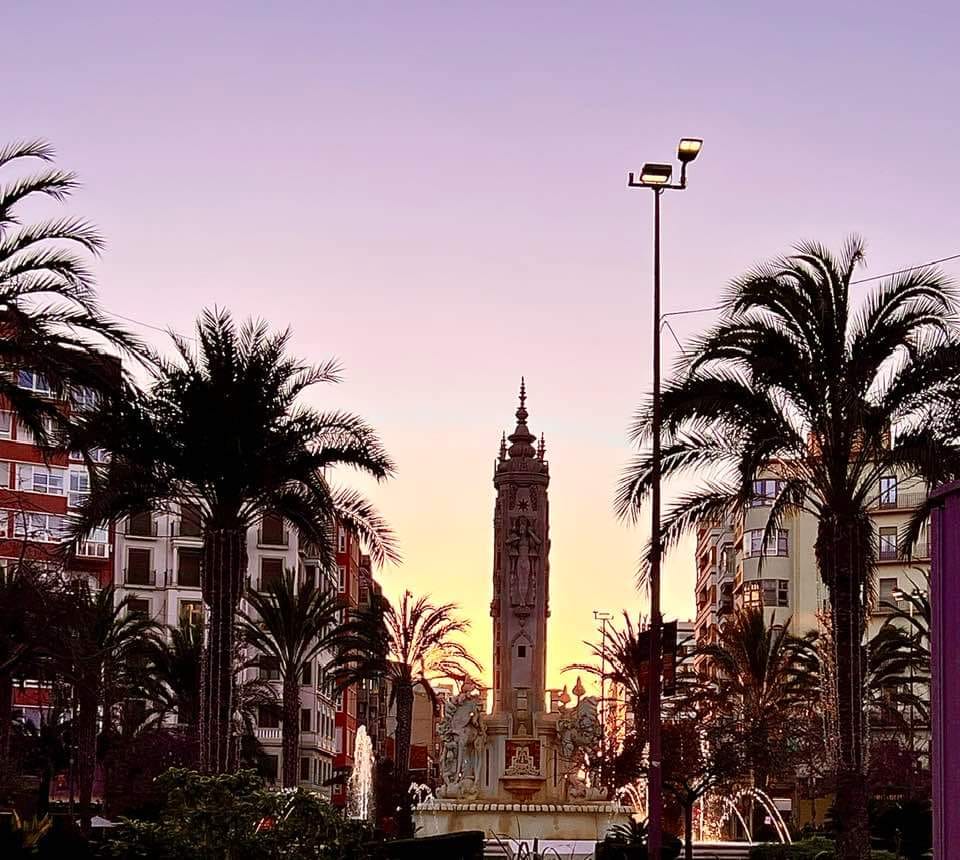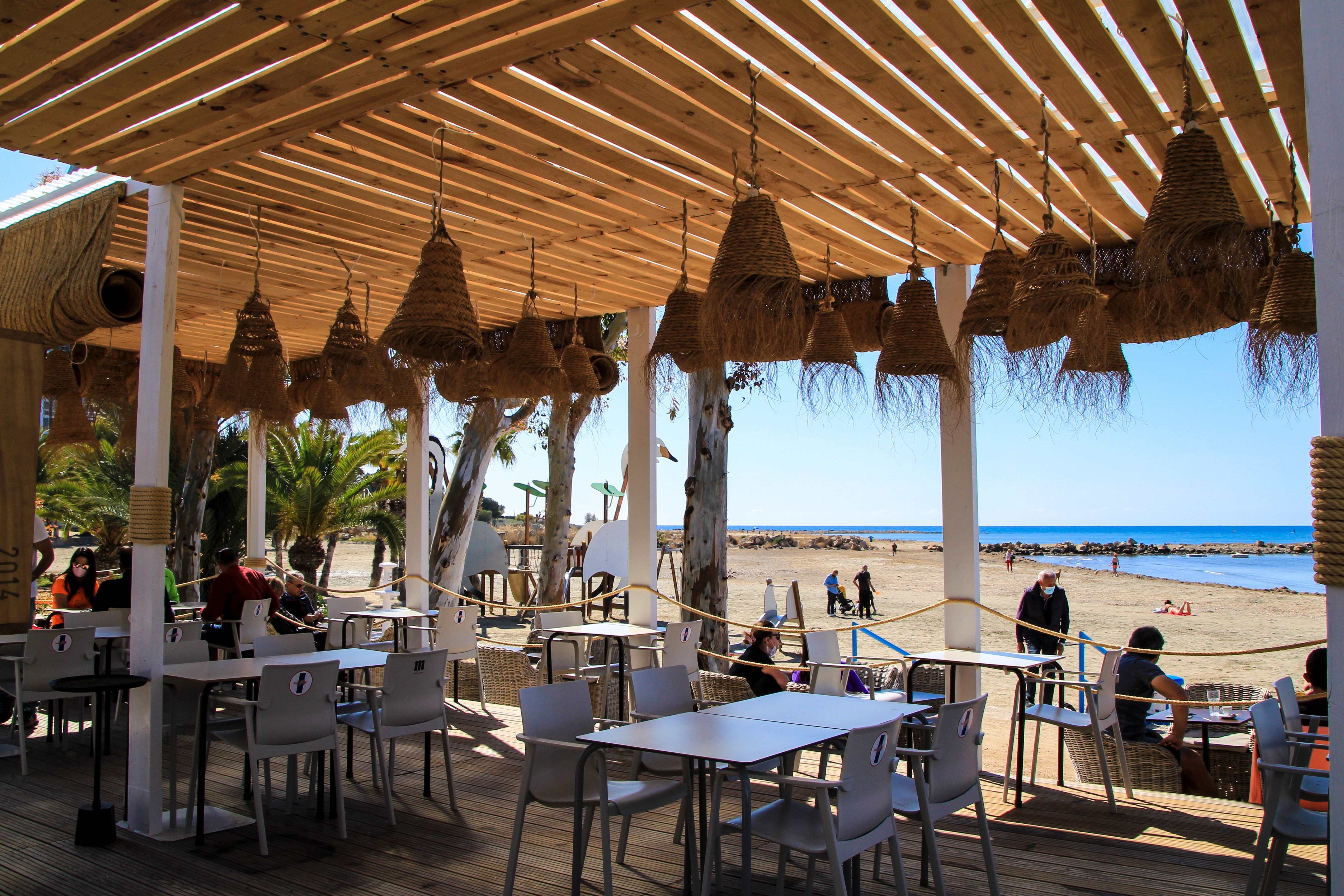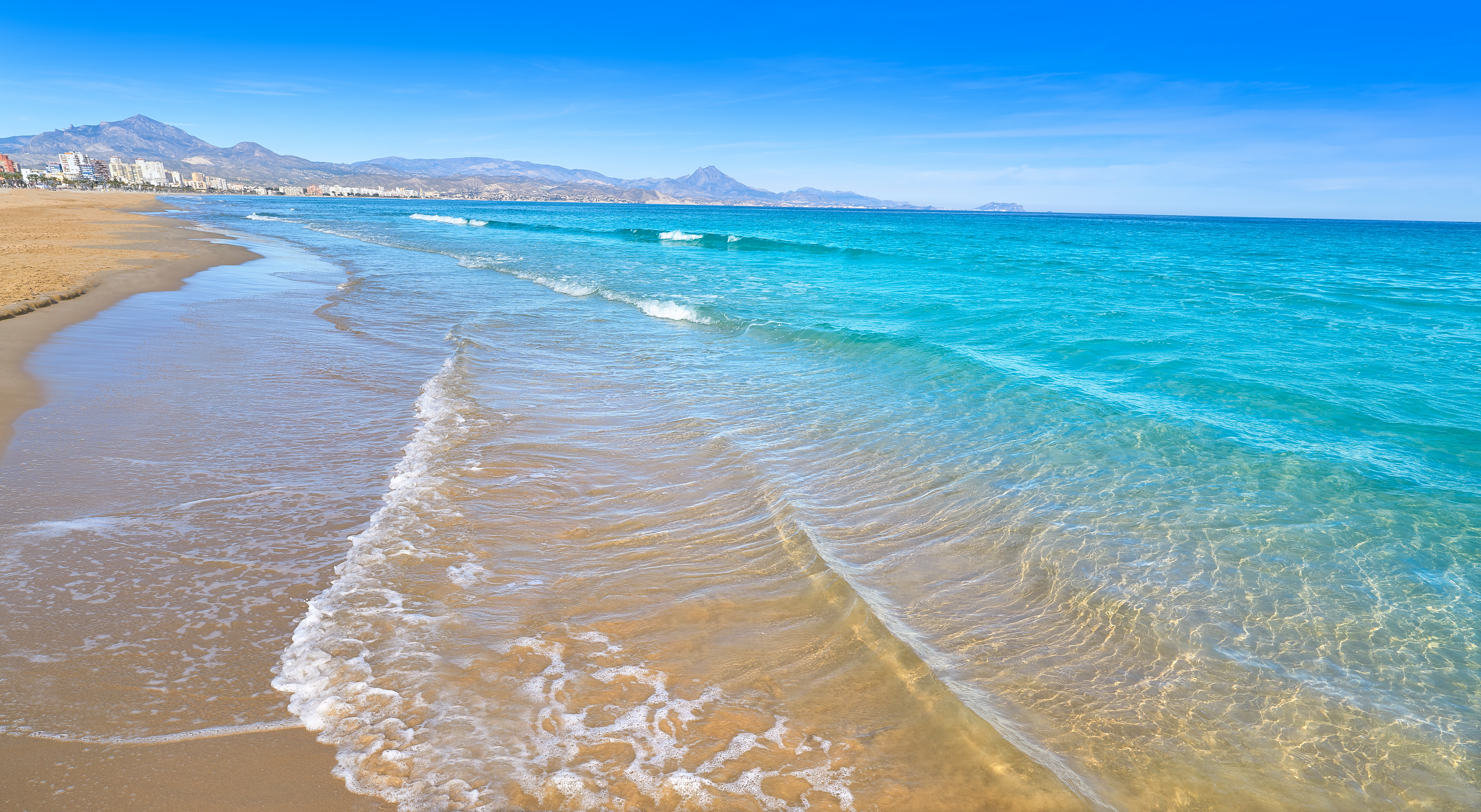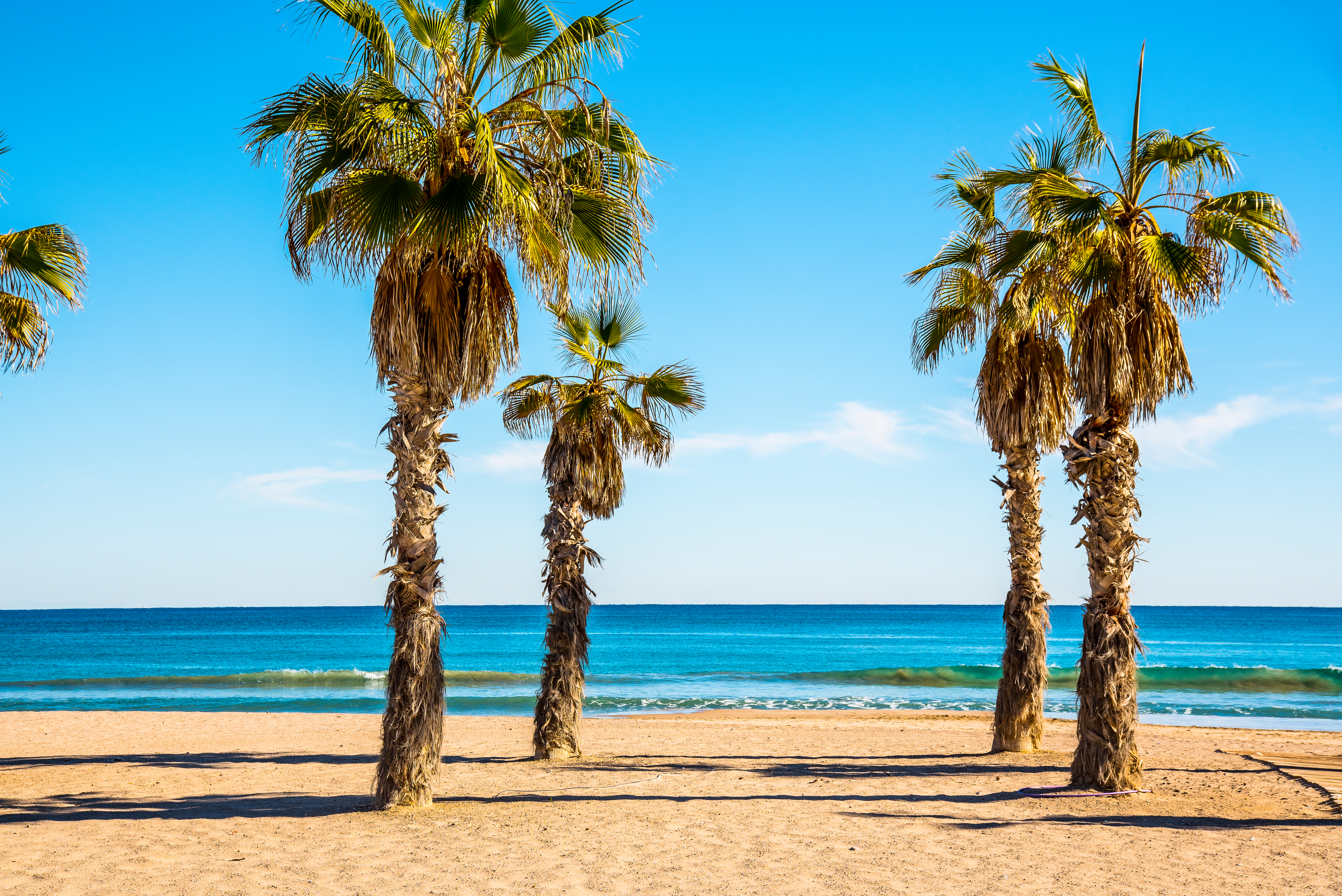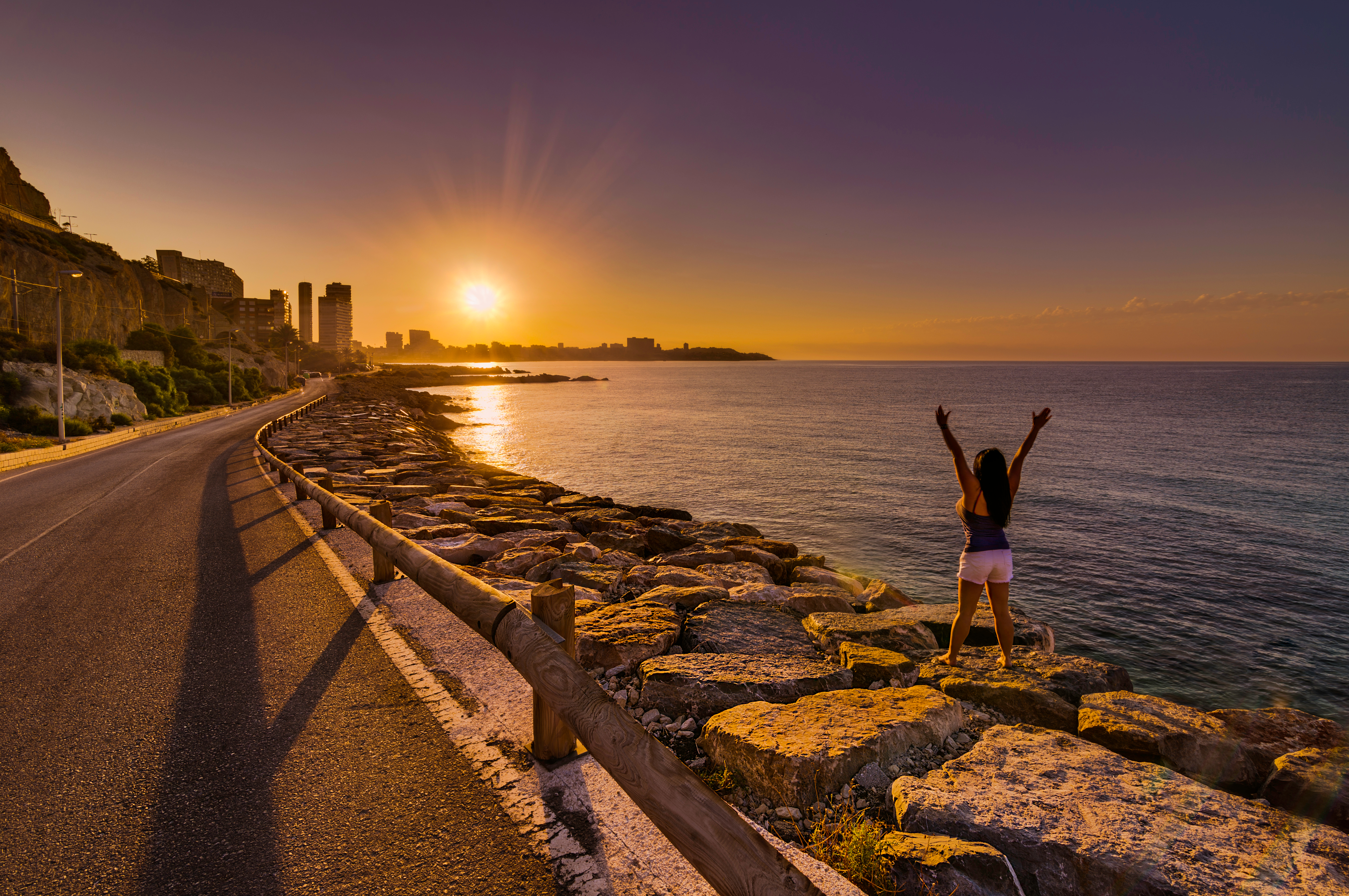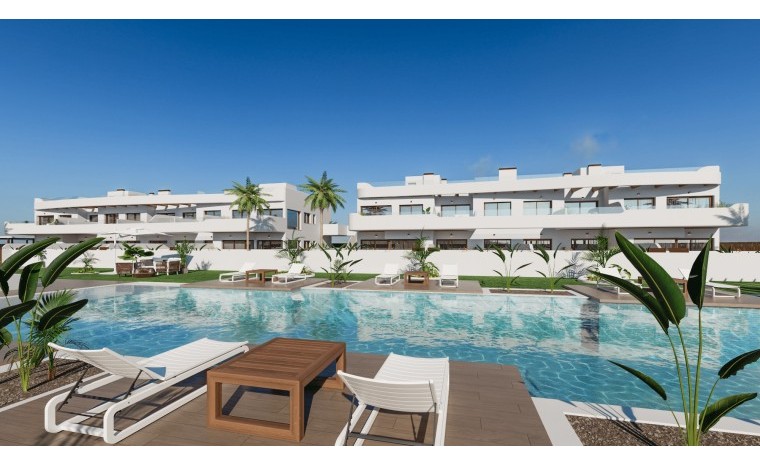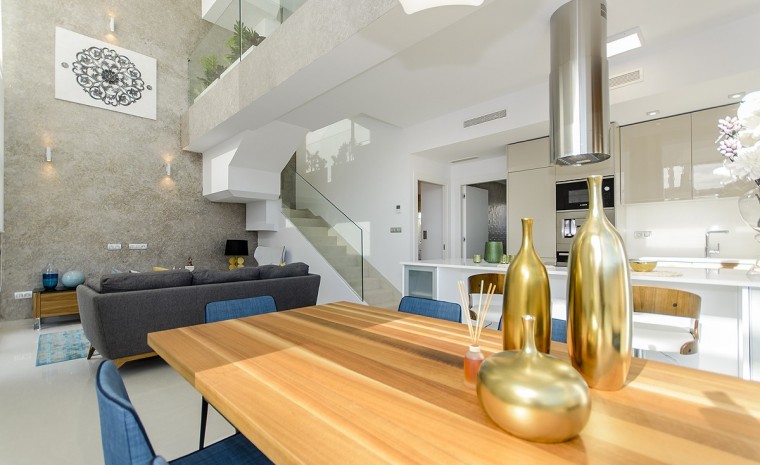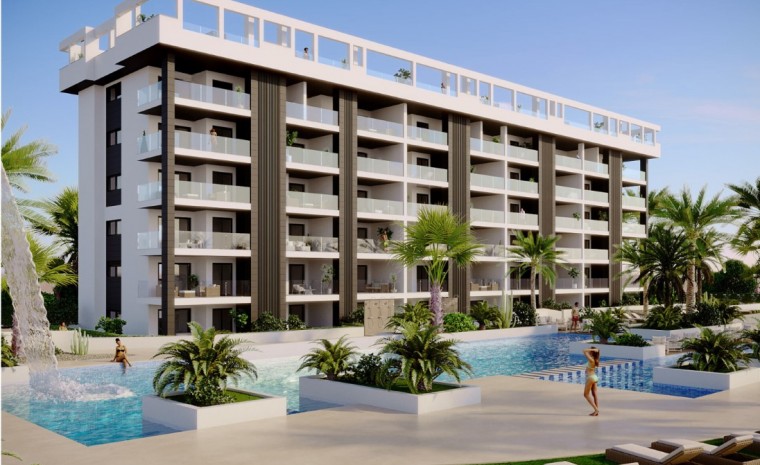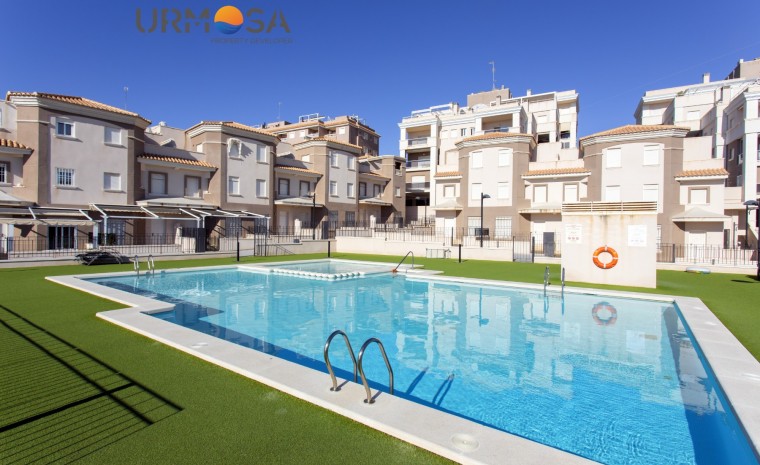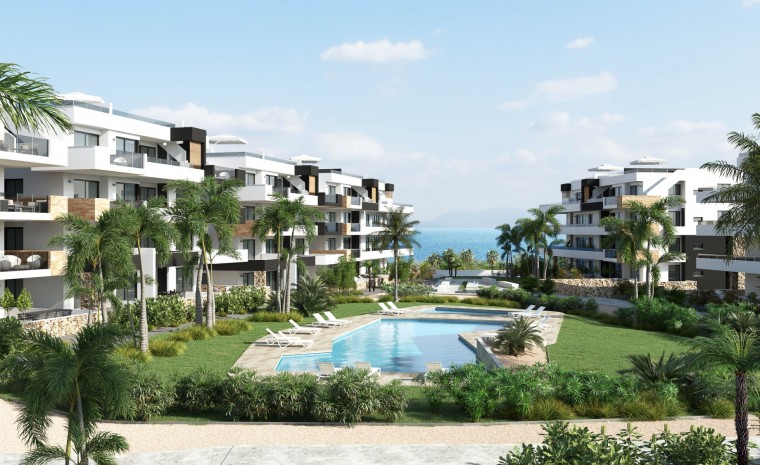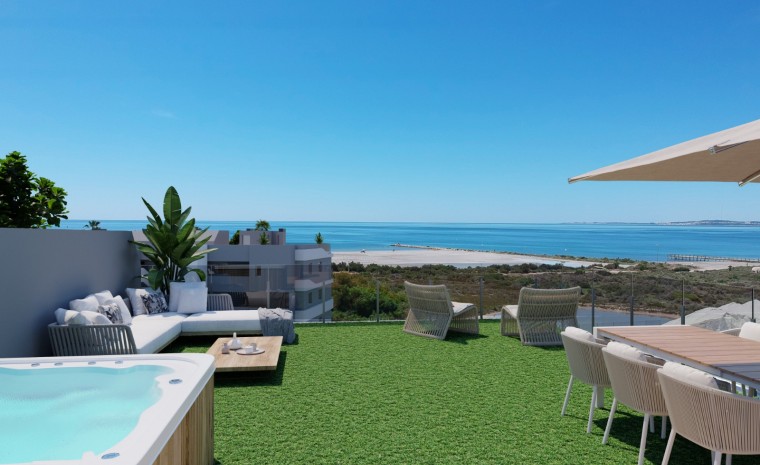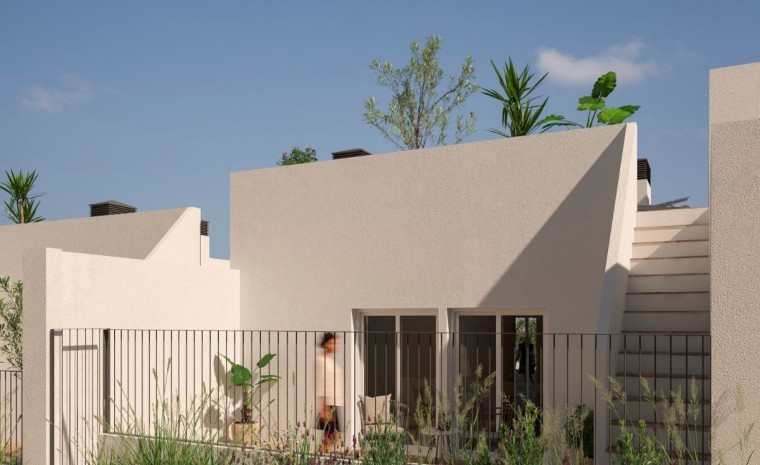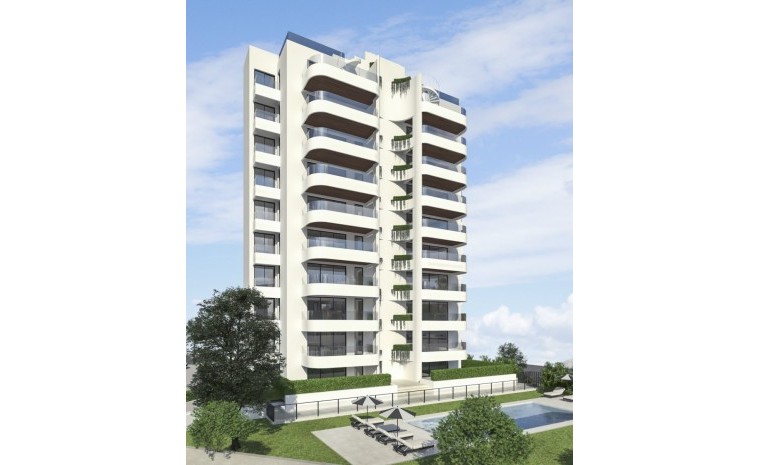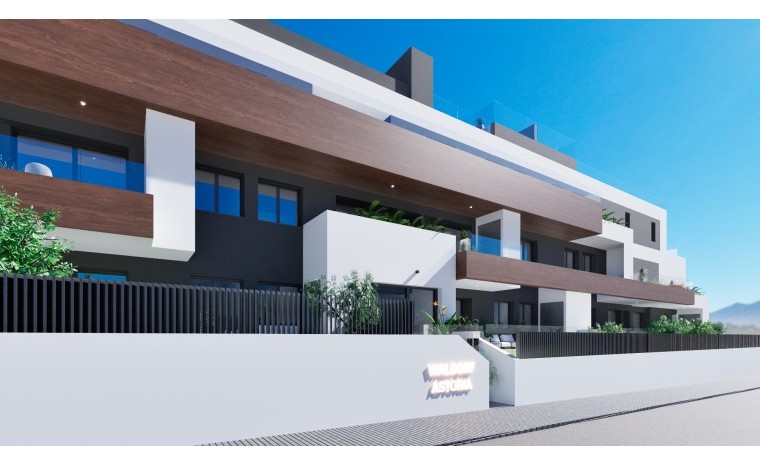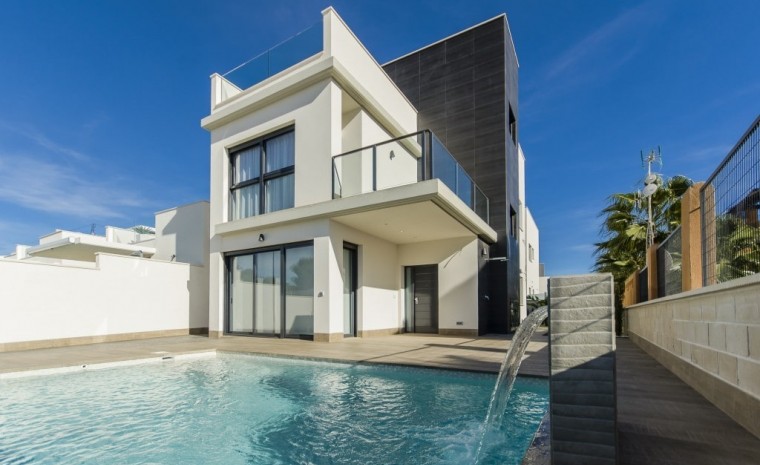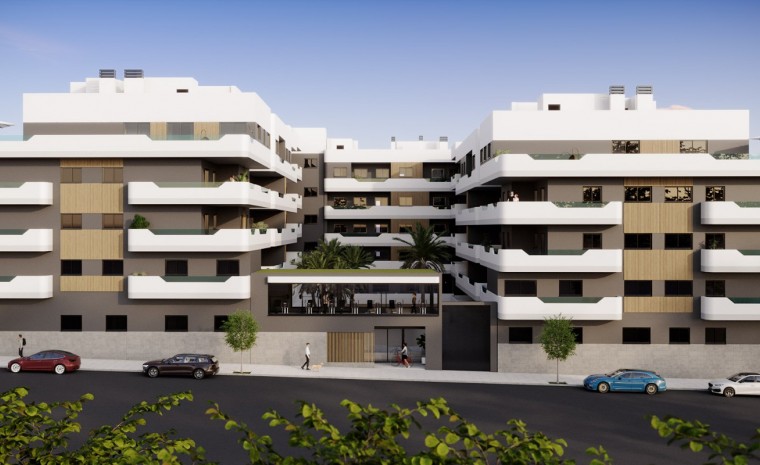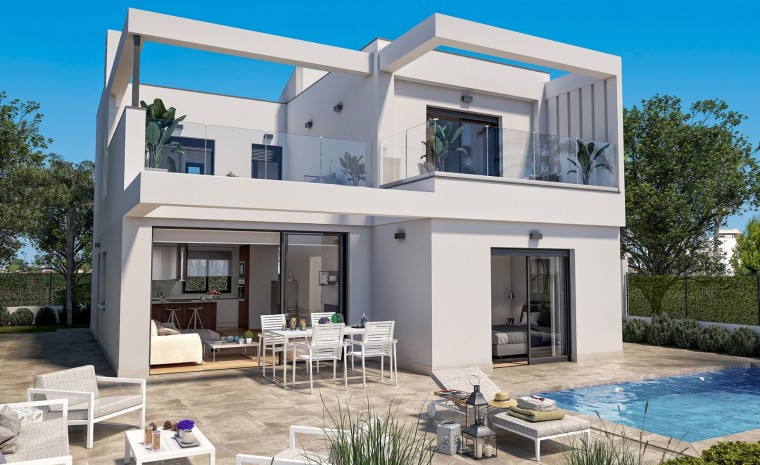Alicante

Alicante is one of the most important tourist destinations on the east coast of Spain and is located in the heart of the Costa Blanca. It is a beautiful city with everything you need, including shops, restaurants, nightlife, culture, and a beach with the calm waters of the Mediterranean to name just a few of the attractions offered by this beautiful port city located at the foot of the Castle of Santa Barbara.

The old quarter which is known as “El Barrio” is located at the foot of the Castle of Santa Barbara and has lots of quaint little pedestrian streets and paths which are great for exploring and enjoying the typical Spanish sceneries, with white and colourful houses with plenty of flowers embellishing them. There is also a large selection of bars and restaurants here, and if you like to party, then you won’t be disappointed either, because at night time the terraces fill up and there are plenty of “pubs” or nightclubs.
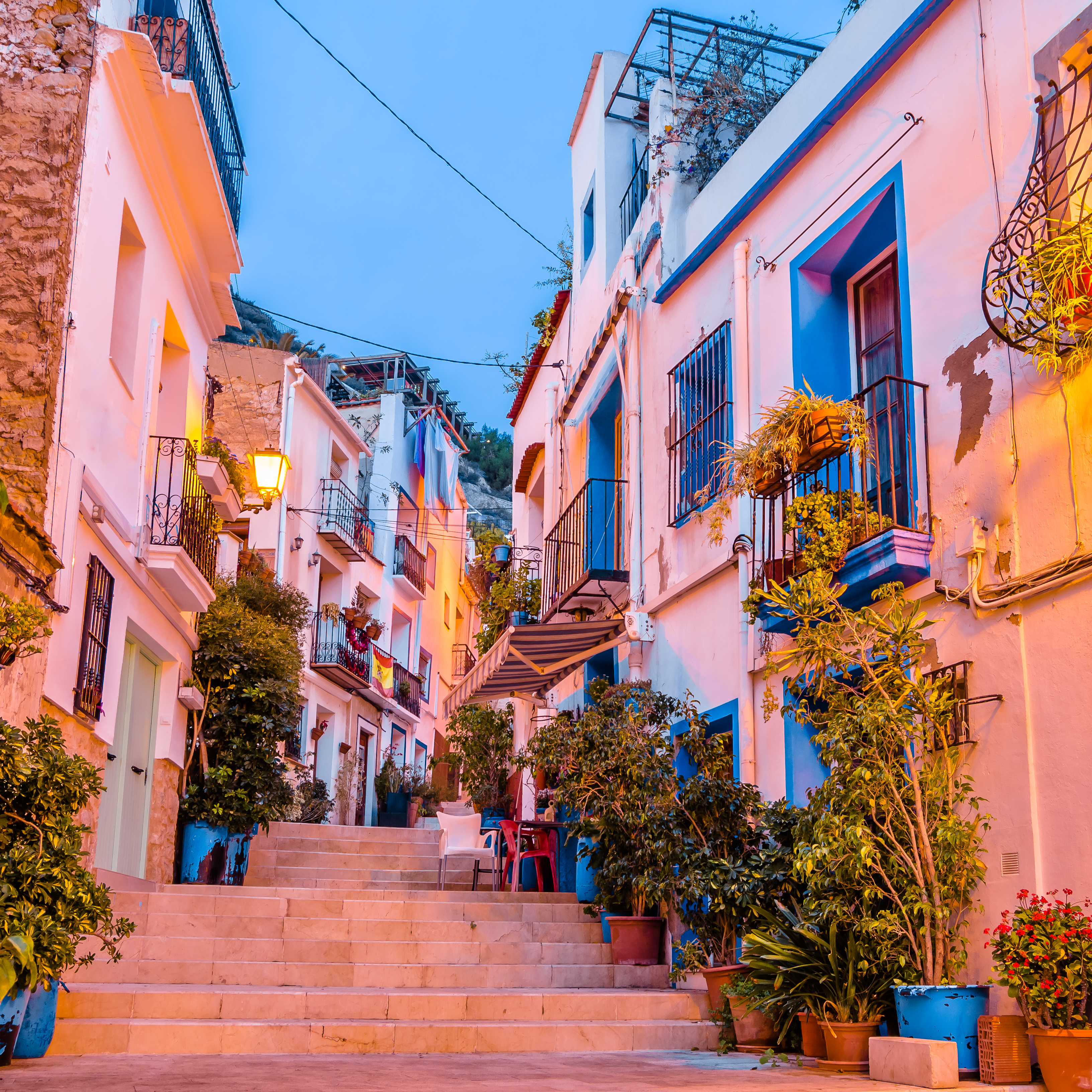
The Explanada de España is another place where you can go and enjoy the busy atmosphere. The whole length of the Explanada is lined with terraces, bars and restaurants where you can enjoy a variety of foods while taking in the views of the port. Opposite, along the harbour there is another area with a casino, nightclubs, restaurants, and bars and next to this, on the other side from the port, there is the town's beach, El Postiguet, the perfect place to enjoy the sea and the sun.

Due to Alicante's advantageous position directly on the Levantine shore, the major Mediterranean civilizations have established themselves here over the ages, in pursuit of new trade lines. The Phoenicians, Greeks, Romans, and later the Arabs arrived at these coasts and left their cultural imprint on the city.
The Santa Bárbara Castle is perched atop Mount Benacantil, a sizable rocky headland, which guards the city and its harbour. Although a large portion of the present building dates from the 16th century, the fortress, which is of Arab origin, displays remnants from every culture that has inhabited the area. From the castle, you can enjoy magnificent views of the entire city, as well as expansive panoramas of the surrounding inland region and coastal stretch. There is a lift that you can take up to the castle, should you not fancy the climb up the hill (although walking there via the different paths is well worth it for the scenery, either through the old part of the town or around the outside of the mountain where you can have your breath taken away with the wonderful views).
The old walled city was built at the foot of the fortress. The gothic church of Santa Maria (16th century), which was constructed on top of an ancient Arab mosque, is one of the structures that sticks out the most among its network of narrow streets, and opposite, there is the 17th-century Casa de la Asegurada museum is which is home to a significant collection of modern artwork by artists such as Eduardo Chillida, Pablo Picasso, and Joan Miró.
Another significant area in the old district is the Town Hall Square, which is overlooked by the Town Hall's Baroque façade. Two significant structures, the Jesuit school and the San Nicolás Procathedral, which was finished in 1662, are located behind it. This place of worship features a magnificent fifteenth century cloister and blends Herrerian and Baroque architectural styles.
It's also highly recommended to pay a visit to the newly restored Provincial Archaeological Museum (MARQ). The museum is housed in the former San Juan de Dios Hospital and exhibits the excavations from the Tossal de Manises site, which provide fascinating details about the historical city during the Iberian, Greek, and Roman eras.
Fiestas
The Festival of Moors and Christians is one of the most well-known “fiestas” in the Levante area and is one of the deeply ingrained traditions in Alicante. The Night of San Juan, which takes place on June the 24th is another major event. Ninots (papier-mâché effigies) are put on display dotted around the streets of Alicante during the fiestas and then are burned on the night San Juan.
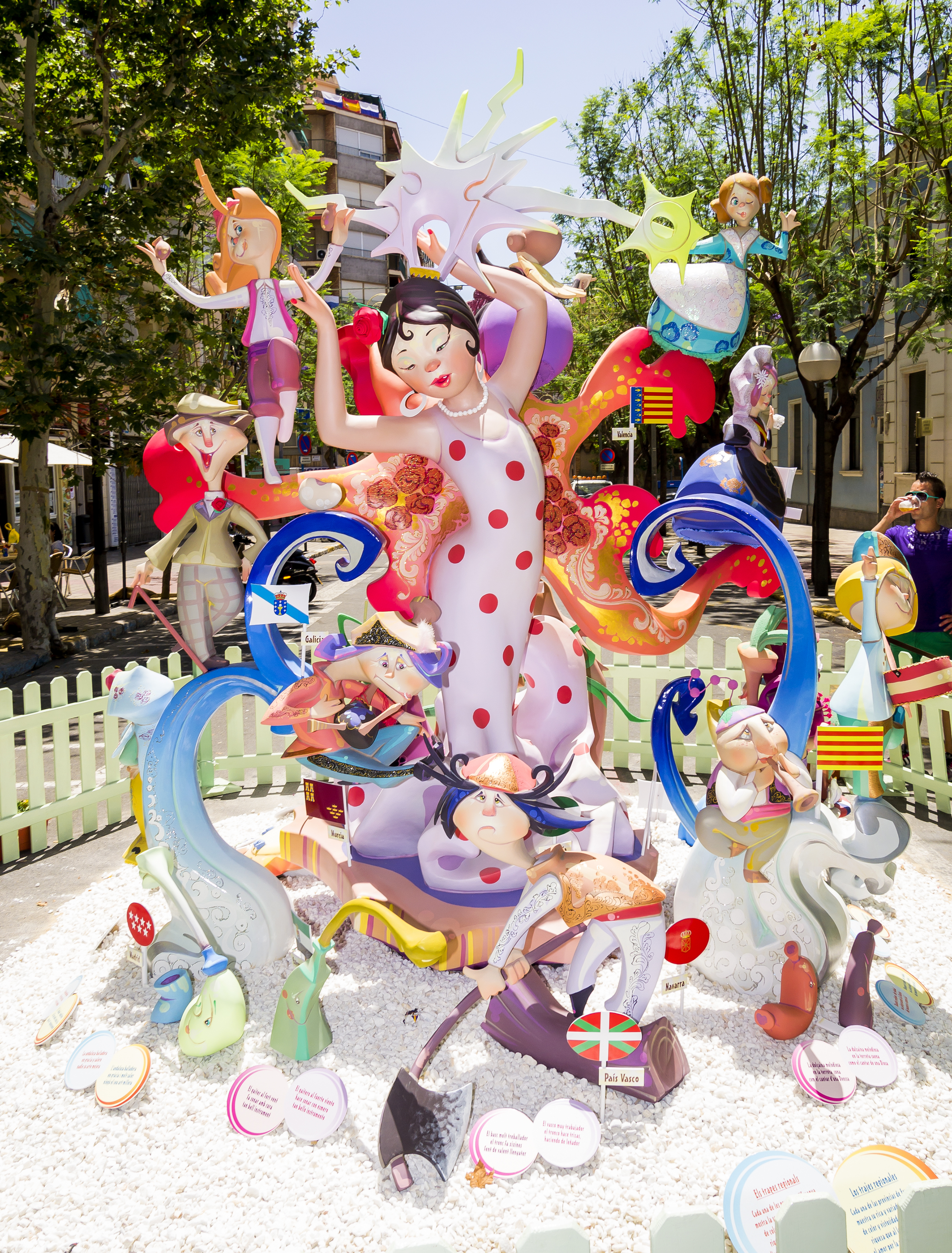
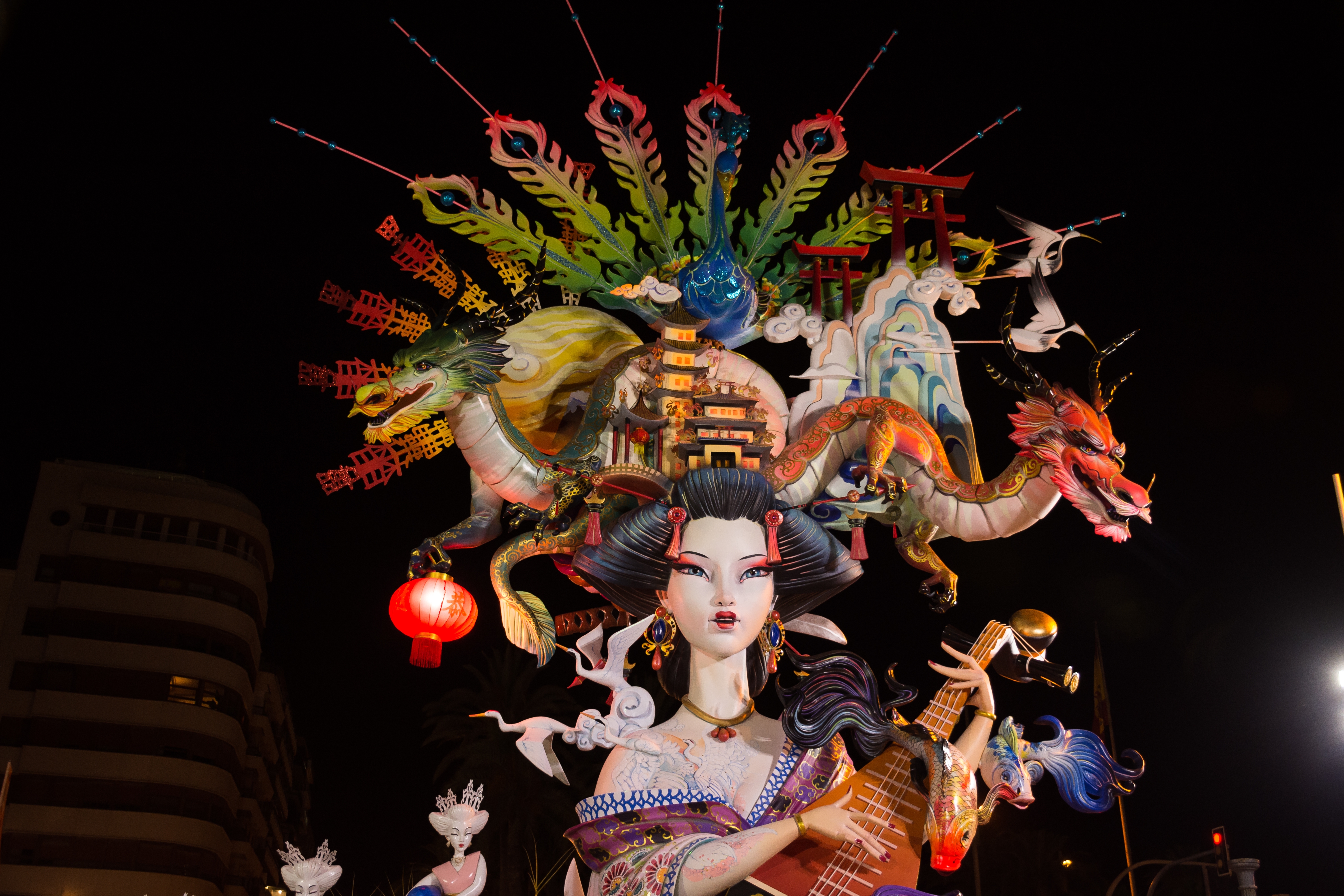
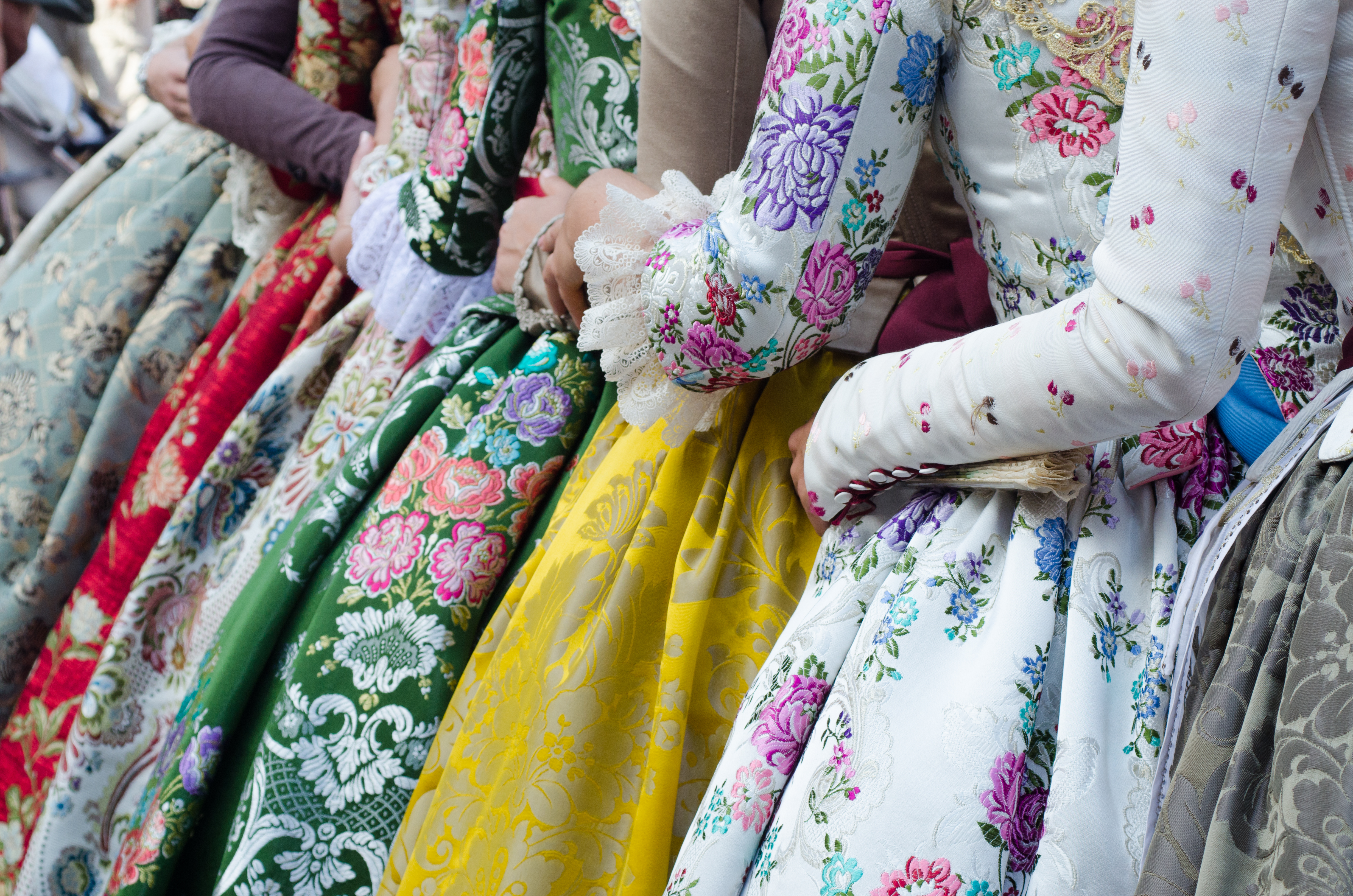
Gastronomy
The Mediterranean diet is known for being of the healthiest and Alicante is proud of its typical dishes, which include all sorts of rice dishes such as arroz a banda (rice with fish), arroz negro (rice with cuttlefish), baked rice, and a long list of others. There is also a huge selection of delicious seafood and shellfish dishes on offer. If you have a sweet tooth, then there are also some typical sweets and deserts such as pan de higo (dried fig paste), turrón (nougat prepared with toasted nuts, honey, and sugar), and Jijona ice cream. These delicacies can be paired with Alicante Designation of Origin wines.
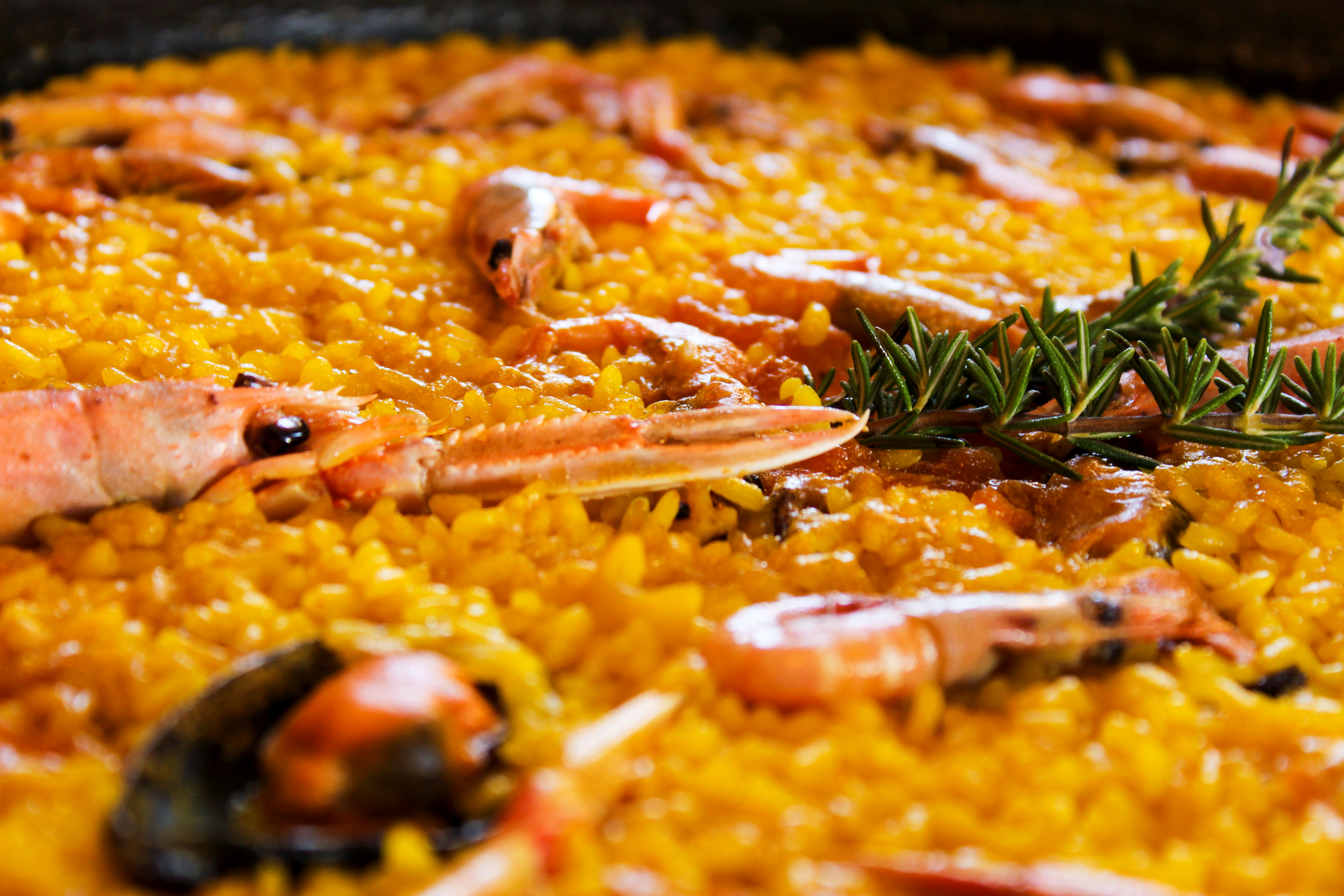
Surrounding areas
There are many natural wonders around the region of Alicante that are worth exploring. There are many nature reserves that are essential for preserving the ecosystem and make for lovely places to go and visit, such as the Carrascal de la Font Roja Nature Reserve, which is located in the Sierra del Menejedor, halfway between Alcoi and Ibi. Or El Fondo nature reserve which is situated within the municipal boundaries of Elche and Crevillent. The Lagunas de la Mata y Torrevieja are beautiful flamingo ladened pink salt lakes, and for more flamingos and stunning sunsets, you can go to the salt lakes of Santa Pola. Montgó mountain and Marjal de Pego-Oliva and the Penyal d'Ifac are other nature reserves worth a visit. The city of Elche and its palm grove, which have been named a World Heritage Site, are located in the province's center.
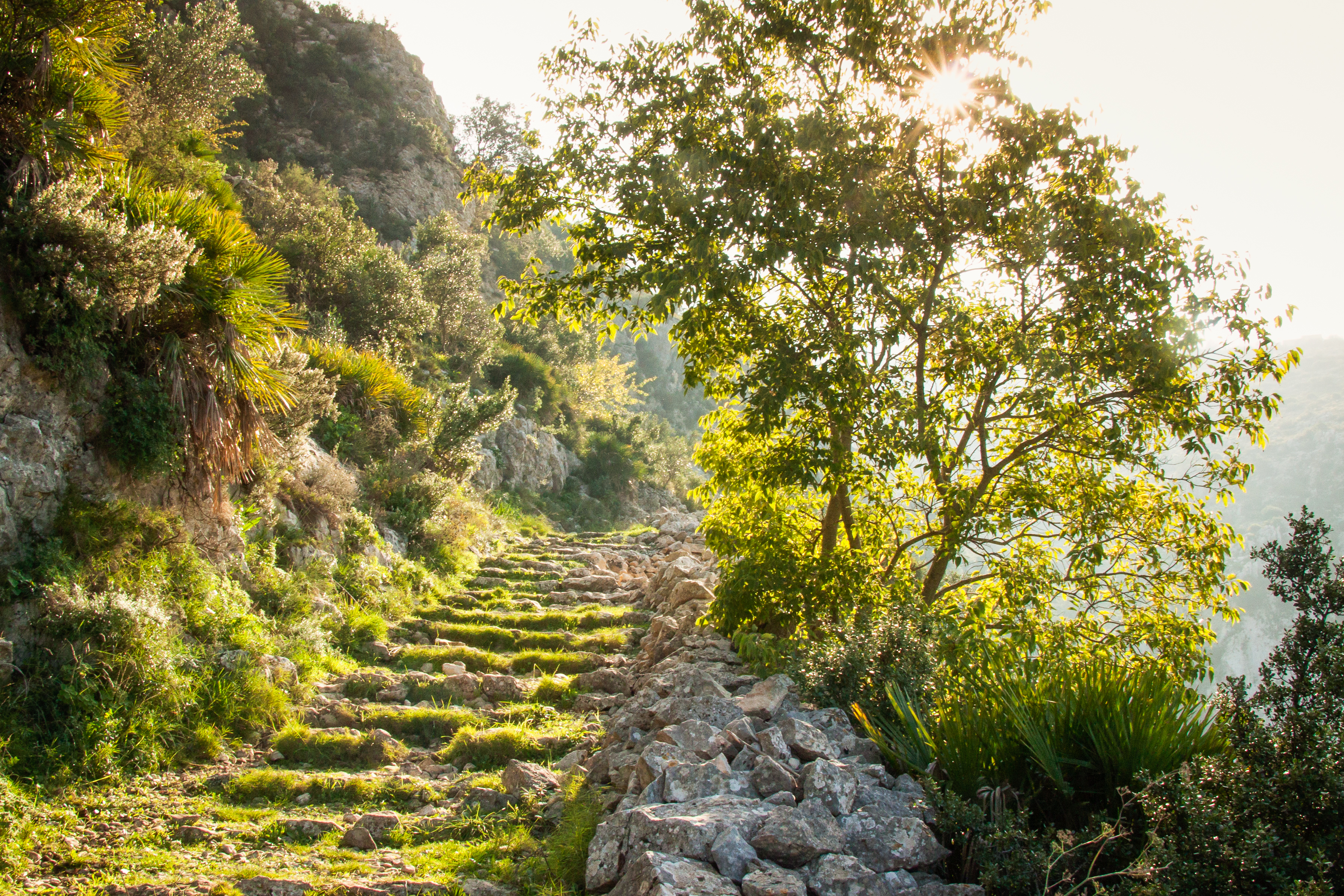
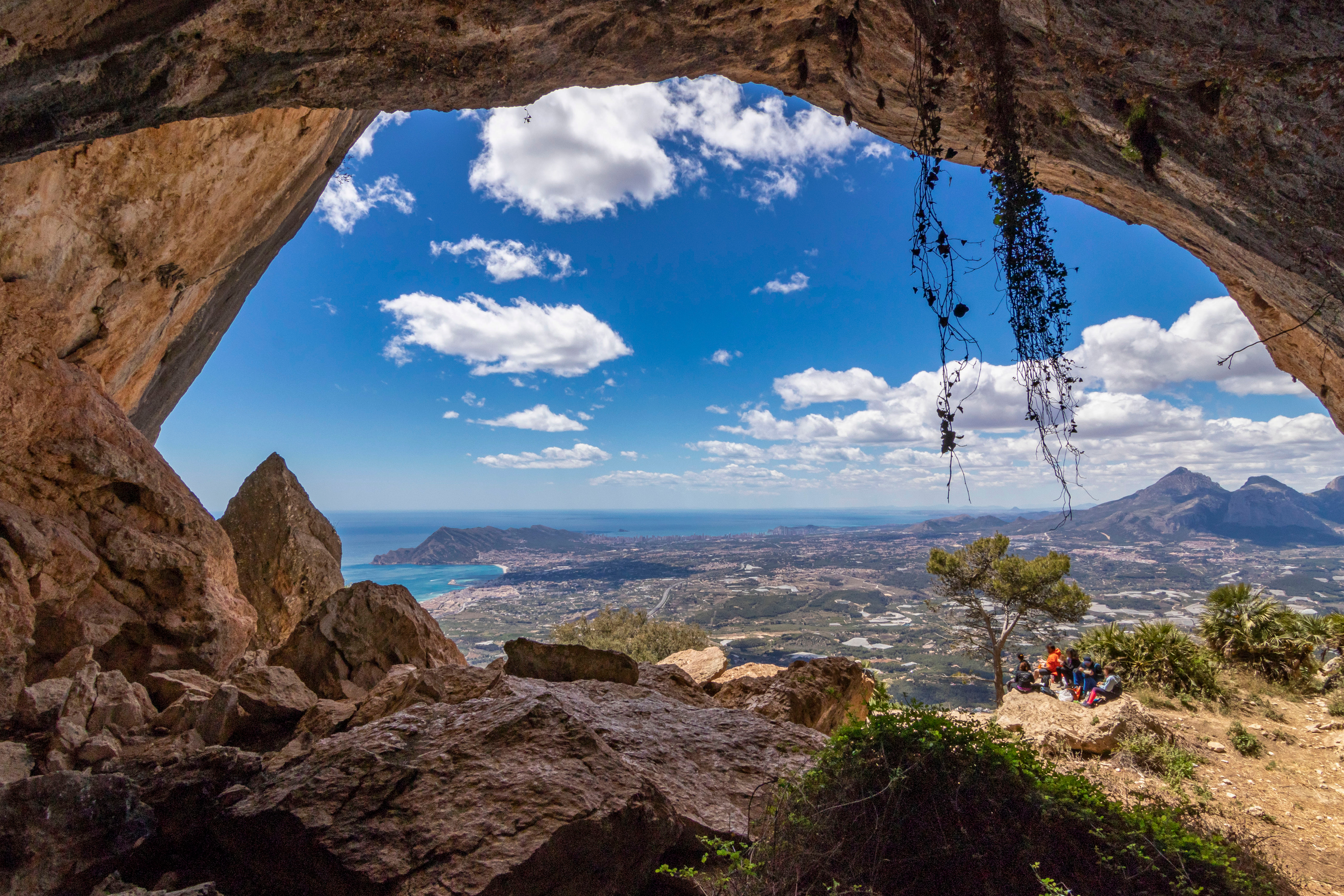
Alicante's palm park:
Luceros
Beach bar in Alicante:
San Juan Beach:


